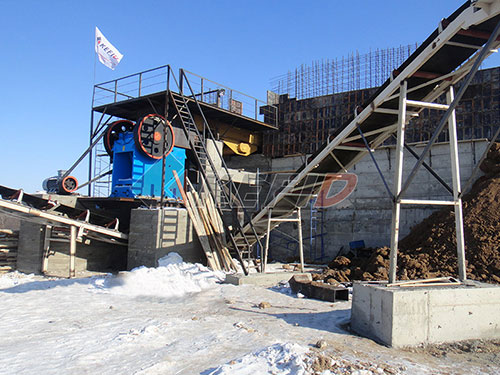The Engine Room of Prosperity: Crushing and Mining in Australia

Australia’s vast, ancient landscape isn’t just breathtaking scenery; it’s a geological treasure chest underpinning global industry and national prosperity. At the heart of unlocking this wealth lies the critical, often unseen process of crushing, intrinsically linked to the broader mining sector – collectively forming an indispensable pillar of the Australian economy, aptly termed Crushing and Mining AU. This complex interplay involves extracting immense mineral resources from the earth and transforming them into manageable materials essential for everything from construction skyscrapers to smartphones.
The Foundation: Australia’s Mineral Wealth
Australia is endowed with an extraordinary abundance of mineral resources:
Iron Ore: Dominating exports, primarily from the Pilbara region in Western Australia (WA), supplying global steel production giants like China.

Coal: Both thermal (energy generation) and metallurgical (steelmaking) coal remain significant exports despite energy transition pressures.
Gold: A historic mainstay with major operations across WA (Kalgoorlie Super Pit), New South Wales (NSW), Queensland (QLD), and Victoria.
Bauxite/Alumina/Aluminium: Australia is the world’s largest bauxite producer and a top alumina exporter.
Copper: Crucial for electrification and renewable energy technologies, with major deposits in South Australia (Olympic Dam) and QLD.
Lithium: Positioned as a key player in the battery metals revolution, with hard rock lithium mining rapidly expanding in WA.
Nickel, Zinc, Lead, Rare Earth Elements: Contributing significantly to diverse industrial supply chains globally.
This sheer scale necessitates equally massive infrastructure for extraction and processing.
The Crucial Role of Crushing
Mining doesn’t end at extraction; it begins there. Raw material blasted or dug from the earth – whether iron ore lumps metres across or gold-bearing rock – is rarely usable in its natural state. This is where crushing becomes paramount:
1. Size Reduction: The primary function. Large rocks must be broken down into smaller fragments suitable for subsequent processing stages like grinding/milling or direct transport/sale.
2. Liberation: Many valuable minerals are locked within host rock matrices. Crushing helps liberate these target minerals by breaking apart the surrounding gangue material.
3. Preparation for Processing: Downstream processes like milling (for fine particle size) or leaching require feed material within specific size ranges achieved

Leave a Reply